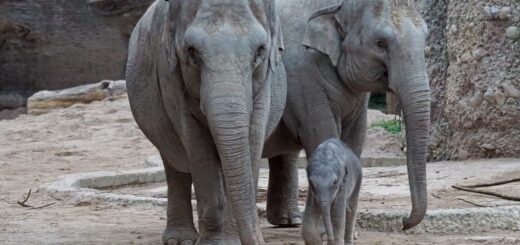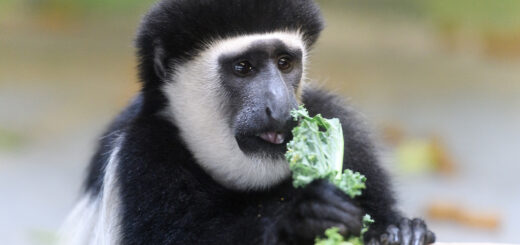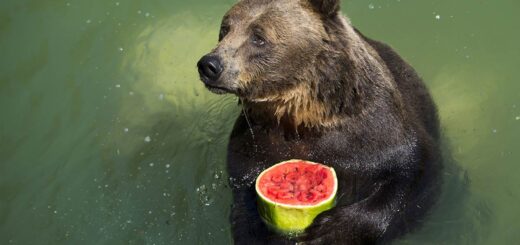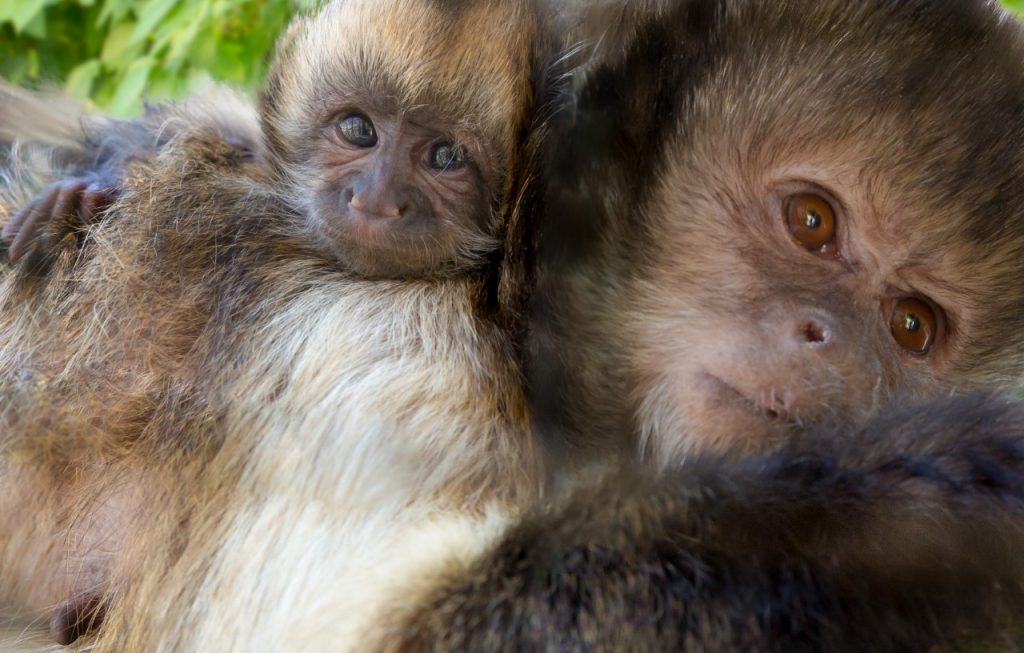A comparison of the fecal nutrients and volatile fatty acids from southern black rhinoceros (Diceros bicornis minor) and southern white rhinoceros (Ceratothenum simum simum) under human care
Citation
Cersosimo L, Sullivan K, Livingston S, and Valdes E. 2019. A comparison of the fecal nutrients and volatile fatty acids from southern black rhinoceros (Diceros bicornis minor) and southern white rhinoceros (Ceratothenum simum simum) under human care. In Brooks M, Freel T, Koutsos E Eds. Proceedings of the Thirteenth Conference on Zoo and Wildlife Nutrition, Zoo and Wildlife Nutrition Foundation and AZA Nutrition Advisory Group, Saint Louis, MO.
Abstract
Gut microbiota convert non-digestible, plant cell wall components into volatile fatty acids (VFA) which are the major end-products of fermentation and a main energy source of the host (Julliand et al. 2017). Quantification of fermentation end-products can be used to understand the gut environment and health. Although all rhinoceros species are herbivores, they differ in their specialization for plant groups (Steuer et al. 2010). White rhinoceroses (WR) are grazers who consume leaves and stems of grass, while black rhinoceroses (BR) are browsers who consume leaves and stems of trees. The objective of our study was to characterize and compare fecal nutrient contents and fermentation end-products (VFA, pH) between 3 adult WR (0.3) and 3 adult BR (2.1) over a 4-week period. A total of 12 fresh fecal samples were collected from each animal over a 4-week period at Disney’s Animal Kingdom®. A minimum of 2 samples were collected per rhino per week. Feed intakes were measured once, over a 72h period for each rhino. A randomized complete block design with repeated measures was used to test the effects of rhino species, sample number, and the interaction of sample number x species with SAS 9.4 (Cary, NC). Dry matter intake (DMI) of BR was 21.2 ± 2.1 kg/d (average ± SD) and 23.6 ± 2.4 kg/d for WR. Average browse, pellet, hay, and training item intakes of BR as a percentage of total DMI were 17.9 ± 8.0 %, 31.1 ± 10.9%, 46.9 ± 10.1%, and 4.1 ± 1.4%, respectively. Average pellet, hay, and training item intakes of WR as a percentage of total DMI were 10.3 ± 4.4 %, 86.5 ± 4.7%, and 3.2 ± 0.5%, respectively. Fecal contents of lignin, magnesium, potassium, iron, cobalt, copper, and manganese, pH, and dry matter % did not differ by species (Table 1). WR had greater proportions of acetate and lactate than BR, while BR had greater proportions of propionate and butyrate than WR (P<0.001) (Table 2). Our preliminary findings further demonstrate the differences in diet ingredients between species and are part of an on-going objective to identify the potential association between rhinoceros health, nutrition, and gut microbiota.
 11_Cersosimo.pdf 74 KB
11_Cersosimo.pdf 74 KB








